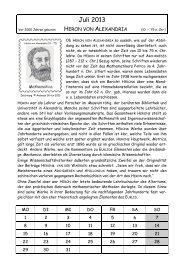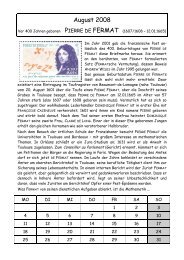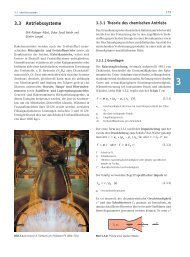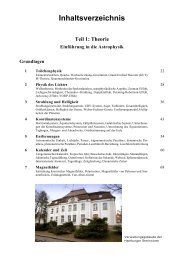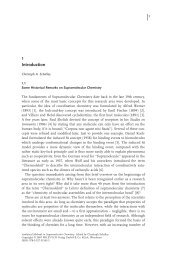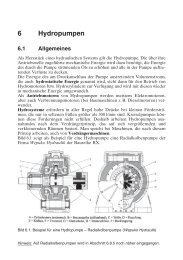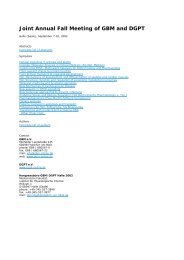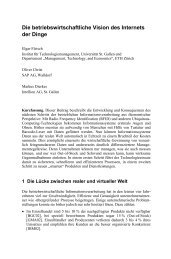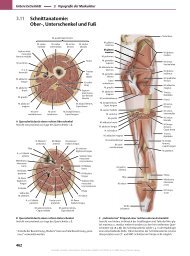From protein transport to organelle development
From protein transport to organelle development
From protein transport to organelle development
Create successful ePaper yourself
Turn your PDF publications into a flip-book with our unique Google optimized e-Paper software.
Ross Dalbey<br />
YidC, a novel evolutionarily conserved <strong>protein</strong>, mediates membrane <strong>protein</strong><br />
assembly in bacteria<br />
Membranes contain <strong>protein</strong>s that catalyze a variety of reactions, which lead <strong>to</strong><br />
the selective permeability of the membrane. For membrane <strong>protein</strong>s <strong>to</strong> function<br />
as recep<strong>to</strong>rs, <strong>transport</strong>ers, channels, and ATPases, they must be targeted <strong>to</strong> their<br />
correct membrane and inserted in<strong>to</strong> the lipid bilayer. Our goal is <strong>to</strong> understand<br />
the biogenesis of poly<strong>to</strong>pic membrane <strong>protein</strong>s in bacteria. While most E. coli<br />
membrane <strong>protein</strong>s use the Sec YEG pathway for insertion in<strong>to</strong> the plasma<br />
membrane, there are some <strong>protein</strong>s that insert independent of the Sec pathway.<br />
Recently we identified a new membrane component called YidC that is essential<br />
for insertion of these Sec-independent <strong>protein</strong>s. YidC is essential for cell viability<br />
and is found in mi<strong>to</strong>chondria and chloroplasts. Depletion of YidC interferes also<br />
with the insertion of Sec-dependent membrane <strong>protein</strong>s. We find that YidC<br />
directly interacts with membrane <strong>protein</strong>s during the process of membrane<br />
<strong>protein</strong> insertion. The chloroplast homolog Albino3 can functionally complement<br />
the bacterial YidC depletion strain, demonstrating that the chloropast and<br />
bacterial YidC homologs are truly functional homologs. The function of YidC for<br />
Sec-independent <strong>protein</strong>s may be analogous <strong>to</strong> a chaperone because YidC has<br />
been shown <strong>to</strong> bind and fold the inserting membrane <strong>protein</strong>s and not <strong>to</strong> interact<br />
with the fully synthesized and assembled <strong>protein</strong>. For sec-dependent <strong>protein</strong>s,<br />
YidC is proposed <strong>to</strong> catalyze the movement of hydrophobic regions out of the Sec<br />
channel and in<strong>to</strong> the lipid bilayer.<br />
contact:<br />
Professor Ross Dalbey<br />
Ohio State University<br />
Department of Chemistry<br />
dalbey@chemistry.ohio-state.edu<br />
100 West 18th Ave<br />
43210 Columbus,OH (USA)



